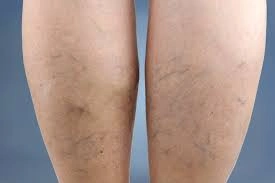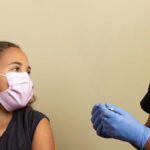Varicose veins are a common condition that affects millions of adults, often leading to discomfort and visible changes in the legs. These veins appear swollen, twisted, or discolored, and while they are typically not a serious health issue, they can impact your daily comfort and confidence. Understanding their causes and exploring available treatments can help you take the first steps toward managing them effectively.
Causes of Varicose Veins
Varicose veins develop when the valves within the veins—normally responsible for keeping blood flowing toward the heart—become weak or damaged. This leads to blood pooling in the veins, causing them to enlarge or twist. Several factors are associated with an increased likelihood of developing varicose veins.
Genetics often plays a role, especially if you have immediate family members with the condition. Age is another factor, as veins naturally lose elasticity over time. Prolonged standing or sitting, especially in jobs that require limited movement, can also put added pressure on the veins in your legs.
Pregnancy may contribute due to increased blood volume and pressure on the lower limbs from the growing uterus. Hormonal changes during menopause can also be a factor. Additionally, lifestyle elements like being overweight or inactive can raise your risk of developing varicosities.
Treatment Options for Varicosities
While some people experience little to no discomfort, others may seek treatment to alleviate symptoms or address cosmetic concerns. Below are some widely recognized approaches to managing varicosities.
Lifestyle Adjustments
Making changes to daily habits can provide relief from discomfort and help reduce further vein damage. Regular physical activity, such as walking, promotes blood circulation in your legs. Elevating your legs periodically throughout the day may ease pressure on the veins. Wearing compression stockings also helps improve blood flow and prevent the veins from worsening.
Minimally Invasive Procedures
For those seeking additional solutions, several procedures are available that target the affected veins directly. Sclerotherapy involves injecting a solution into the varicose vein, causing it to close and eventually fade. Laser treatments also address smaller varicose veins by sealing them with bursts of light.
For larger veins, procedures like endovenous laser therapy (EVLT) or radiofrequency ablation (RFA) use heat to close off the vein. These treatments are typically performed on an outpatient basis and offer shorter recovery times compared to surgery.
Surgical Options
Although less common today due to advances in non-surgical treatments, vein stripping or ligation may still be an option for severe cases. These procedures physically remove or tie off the affected veins. Discussing the benefits and risks of all options with a specialist is a key step in determining the best course of action for your situation.
Take the First Step Toward Relief
Varicose veins can cause a mix of frustration and discomfort, but they don’t have to control your life. Understanding their causes and available treatments is the first step toward feeling better and regaining confidence. If you’re dealing with varicose veins, speaking to a vein specialist will provide personalized advice and help you explore the best treatment options for your needs. Reaching out to a professional can be the path to greater comfort and improved well-being.
Read More: Why Kiolopobgofit Important: Key Reasons You Should Know







